A History Lesson In 18 Minutes Flat Teaching Passover And The Art Of Matzo Baking
Source: https://web.archive.org/web/20160712103114/http://articles.philly.com/1987-04-05/living/26195821_1_matzo-passover-firstborn-sonsBy David O'Reilly, Inquirer Staff Writer
Posted: April 05, 1987"Take it off, Vicky," said Marsha Cooperson. "Only boys wear those." But 4-year-old Vicky Raskovich thought this lavender yarmulke was great.
Besides, all the boys were putting them on. And even though she was at the Lubavitcher Center in the Northeast - a visit to the Hasidic center has become something of a pre-Passover tradition for Philadelphia-area youngsters - she wouldn't take it off her head.
The Lubavitchers, however, are a decidedly unliberated group whose every action is governed by scrupulous adherence to ancient Jewish law. Men and women don't sit together at synagogue. Husbands and wives don't dance together, even on their wedding day. And besides, girls just don't wear yarmulkes. "Take it off," Cooperson said again.
"Why?" asked Vicky, who giggled and ducked as Cooperson reached for it. But Cooperson, a counselor at Paley Day Care Center, wasn't up for Talmudic debate. She reached over and lifted the yarmulke from the little girl's head and handed it to one of the small boys.
No rabbis scowled at Vicky, though. No one here expected these 4-year-olds - many of whose families are only casually observant Jews - to understand intricacies of Jewish law. With Passover approaching, however, the 39 preschoolers from the Paley center were sitting in the sanctuary one morning last week to learn how the most observant Jews prepare and bake matzo for Passover. And in a few minutes they were going to make their own.
In the last 12 years, thousands of youngsters have made the trek to 7622 Castor Ave., for a visit with the ultra-observant group and demonstrations of traditional matzo baking.
The children from the Northeast day-care center were just a few of the 3,200 youngsters, ranging in age from preschool to high school, expected to tour the Lubavitcher Center's makeshift bakery this year.
"Who knows the story of Pesach?" asked Dov Ber, 19, one of two rabbinical students demonstrating matzo baking at the Lubavitcher Center this year. Pesach is Hebrew for Passover, which begins sundown April 13. It is one of the most important holidays in the Jewish calendar and celebrates the time when, according to the Book of Exodus, an angel of death slew the firstborn sons of the Egyptians. The angel "passed over" the homes of Israelites who had daubed the blood of a lamb on their door posts, and their children were spared.
"Me! Meeeeeee!" shouted a dozen young voices.
"OK," said Ber. "Who was the Egyptian king who had the Jews enslaved?" The kids were instantly stumped. Their hands dropped, they frowned and scratched their heads and wondered until Andrew Maslyanko, 4, came up with an answer.
"He-Man?" he asked.
Ber blinked. He-Man is a blond, muscular television cartoon hero that (between commercials) slays evil monsters on Saturday mornings. And even if Andrew was thinking, perhaps, of Haman (the Persian villain of the recent holiday of Purim, another celebration of the Jews' deliverance from oppression), it was not the answer that Ber had in mind.
"It's very important you know this," he said. In Egypt, he said, there was a "mean, nasty guy named Paro (Hebrew for pharoah)," who had enslaved the Israelites and refused to let them leave Egypt despite the entreaties of their leader, Moses, and a succession of plagues brought down on Egypt.
After the deaths of the firstborn sons, however, the pharaoh relented, and the Israelites departed Egypt so quickly that the bread in their ovens did not have time to rise. Jews have traditionally eaten unleavened bread, or matzo, as part of the Passover observances.
Strictly observant Jews such as the Lubavitchers don't buy machine-made Passover matzo off supermarket shelves, however, and when the youngsters filed out of the sanctuary and into the bakery area, they were greeted by baker Shlomo Meltzer, 22, who explained why.
"The Jews left Egypt so quick their bread didn't have time to rise," he told them. "How quick? In 18 minutes," he said. "That's how long it takes for bread to rise." After 18 minutes, the flour-and-water mixture will begin to rise, Meltzer explained, and become chometz, or leavened bread. Because Jews are forbidden to have even a crumb of chometz in their homes during Passover, a kosher baker allows no more than 18 minutes to pass between the time the flour and water are mixed and the time it is baked.
"So we have to make it faster than 18 minutes," he told the children, who stood around him. In a corner was an old pizza oven, and behind them were 10 large wooden tables with rolling pins at every place. But first Meltzer directed their attention to three small "rooms," each partitioned by sheet plastic.
To be absolutely certain that even minute quantities of flour and water are not mixed beforehand, he explained, a baker here will store the flour in one room, water in another room, and will mix in a third room only as much dough as he needs for each batch.
"So when it's time for the flour he'll yell 'mael,' and his helpers will open the door and bring in the flour." And as he did this, Meltzer picked up a scoopful of flour and reached it through a hole in the plastic sheet on the right, and dumped it into a stainless-steel bowl in the middle "room." In a real kosher bakery, he said, workers handling the flour are careful not to let even perspiration touch the flour for fear that minute quantities will leaven and taint the mixture.
"And then the baker will yell 'wasser,' and other helpers will open the other door and bring in the water," he said, and he picked up a pitcher and passed it through a hole in the left plastic sheet, and poured it over the flour. (Ultra-observant bakers use water drawn from a well after sundown, because tradition says it is coldest then.)
"And as soon that happens he yells 'taig,' which means dough, and they start the timer for 18 minutes. And now everybody has to act fast," he said, as he squeezed and mixed the flour and water into dough.
"It's dropping on the floor!" shouted one little girl. Meltzer shrugged and assured them this was just a symbolic demonstration. "In a real bakery they clean it up right away," he said.
As the kids stood around the tables, Meltzer and Ber quickly broke off golf-ball-size pieces of dough and handed a piece to each child. The kids picked up their rolling pins and began flattening their dough blobs with some highly unorthodox rolling techniques.
Some allowed the dough to wrap around the pin, which they then rolled into cylinders of dough that didn't want to come off. Some used the rolling pin to hammer the dough. And one boy discovered that he could roll his pin from his palms all the way to his elbows and back again. Ari Silver, 4, had a dime-size dot of flour on the tip of his nose when he was done.
Their efforts had none of the rectangular perfection of machine-made matzo. Some were long, with edges as rugged as the coast of Maine; others were as thin and round as a crepe. But there was no time to admire their handiwork. The clock was ticking, and after about eight minutes, Meltzer and Ber began rounding up the kids' efforts.
First, Ber rolled a multitoothed perforator over each piece of dough; the perforations, he explained, allow air to escape during baking, and further inhibit leavening. Then Meltzer draped six pieces of rolled dough over a long stick and unrolled them flat on the oven floor. Within three minutes all 39 future matzot were baking, and it was time for another lesson about Passover.
Meltzer gathered the kids around him and held up a piece of bone. The bone - actually it was a chicken neck - was intended to represent the piece of bone that is a traditional part of a family's Seder, or Passover dinner.
"What kind of bone do we find on the Seder table?" he asked. Again the kids were stumped.
"Dog?" asked one voice.
"Lion?" asked another.
"Tiger?"
"Cow?"
"Dinosaur?"
No, said Meltzer, who explained that it represents a lamb bone, symbolic of the lambs whose blood "God commanded the Israelites to put where?" he asked. ''In the matzo!" exclaimed a young voice.
No, no, said Meltzer. "On the door post. So the angel of death would not kill the firstborn." He explained the other items that appear on a Seder table: the egg, the bitter herbs, the salt water symbolic of tears, the parsley, the charoses (a sweet compote) and the matzo.
And then, 15 minutes after the dough was formed, Ber declared the kids' matzot were done. The youngsters stood around the oven as he lifted the crisp wafers from the oven and laid them on a table. They were cool in a minute, and Meltzer instructed the children to take a matzo in their right hand.
He then led them in a blessing, and suddenly the room was filled with the sound of 19 kids eating - krk, crick, krk, crick - 19 matzot.
"Well, what did you learn here today?" a visitor asked, as the kids headed out to their bus.
"To make matzo," said Carl Balibar, 4.
"It's a beginning," said Meltzer.















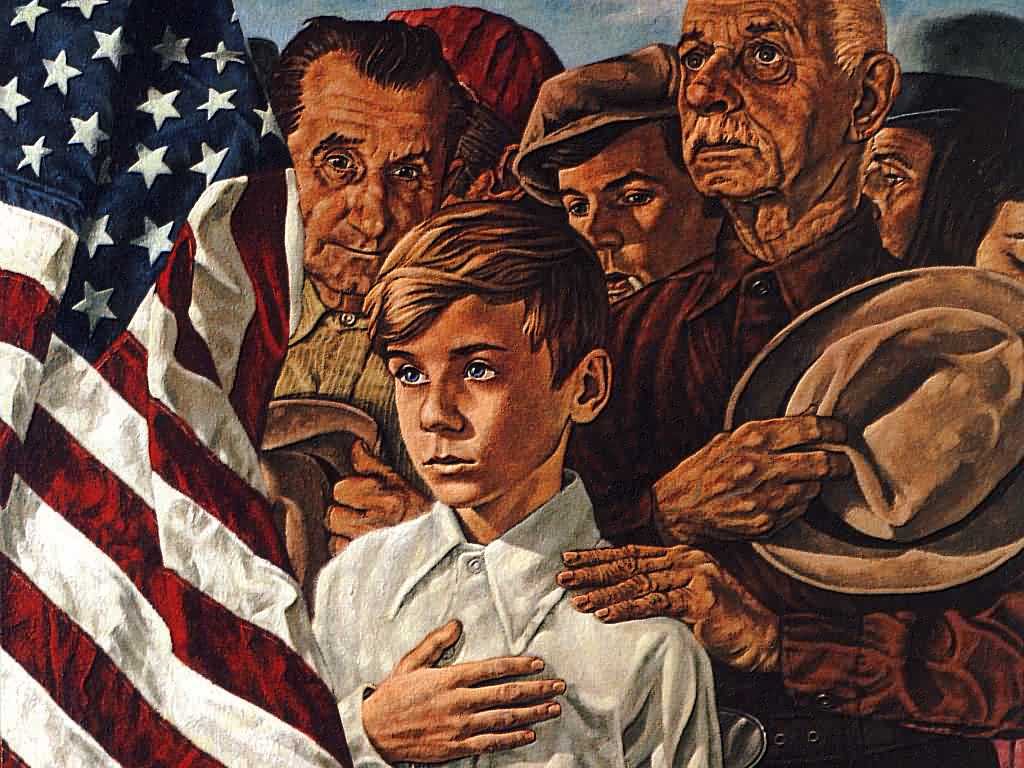

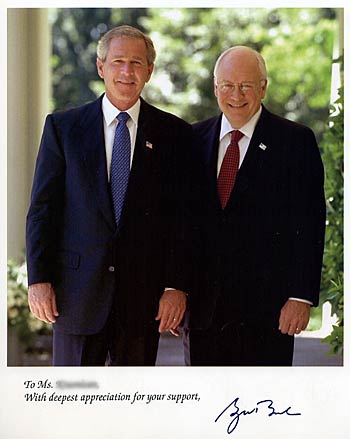




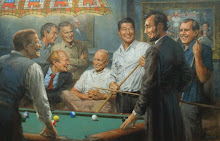

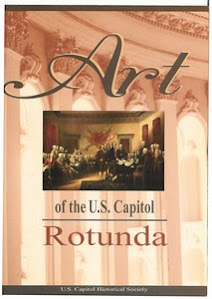



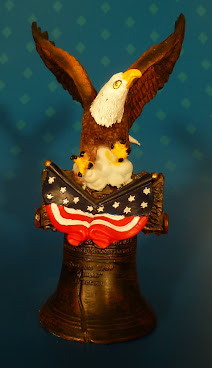


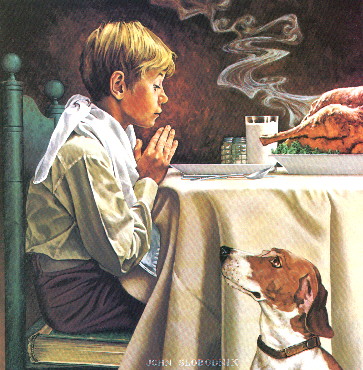



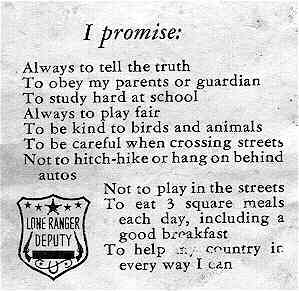
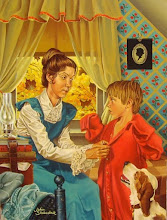








No comments:
Post a Comment